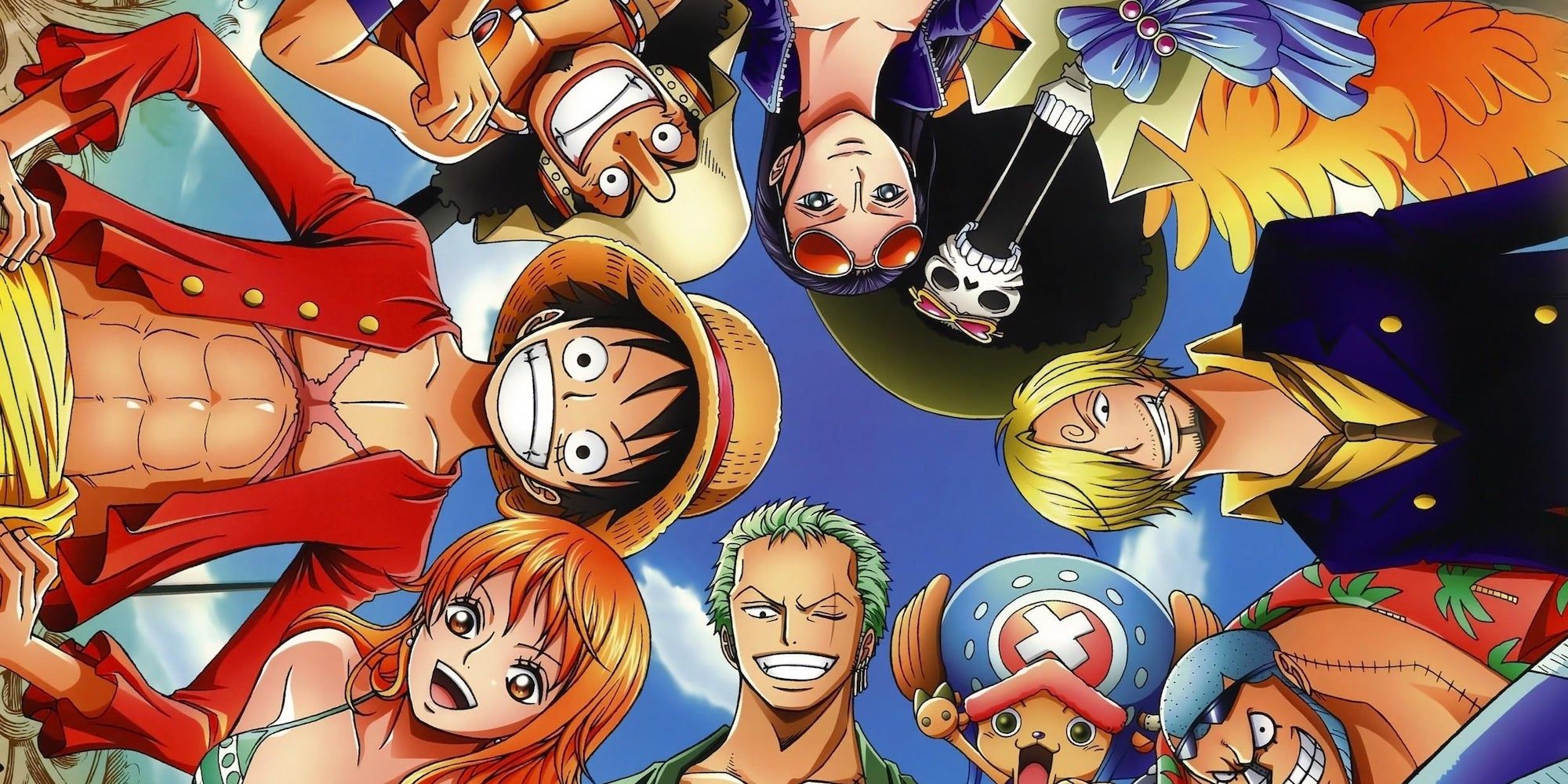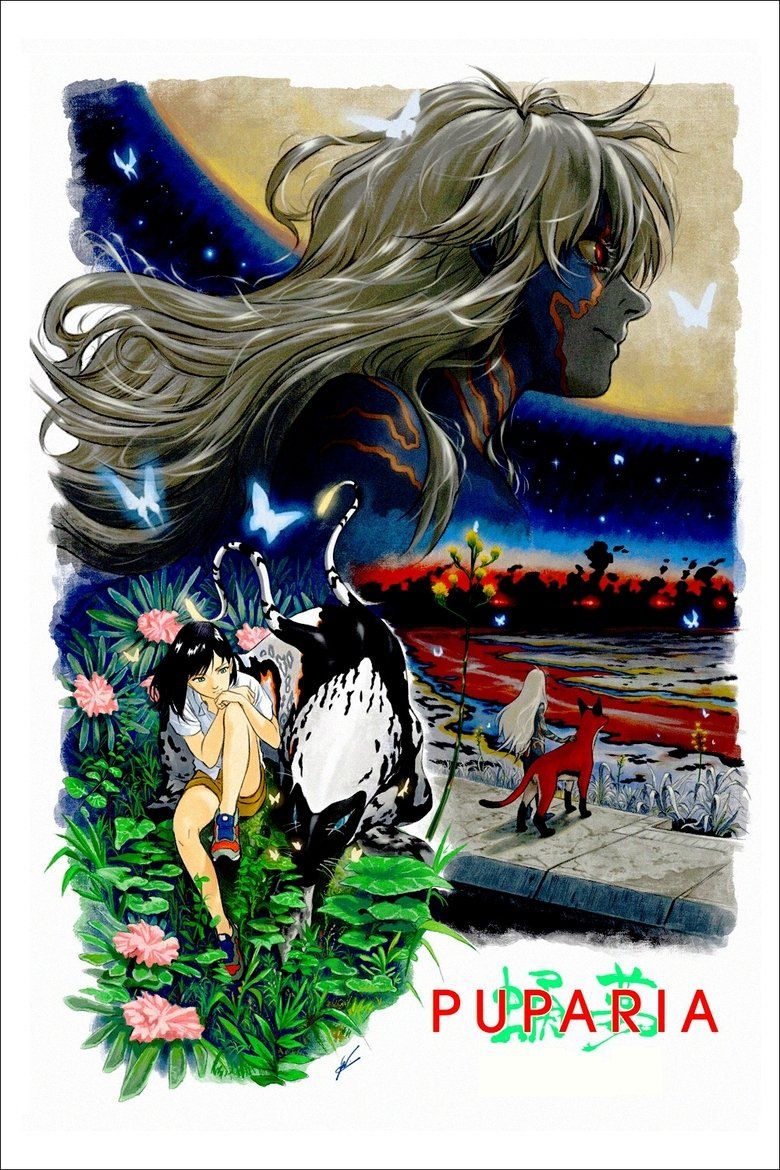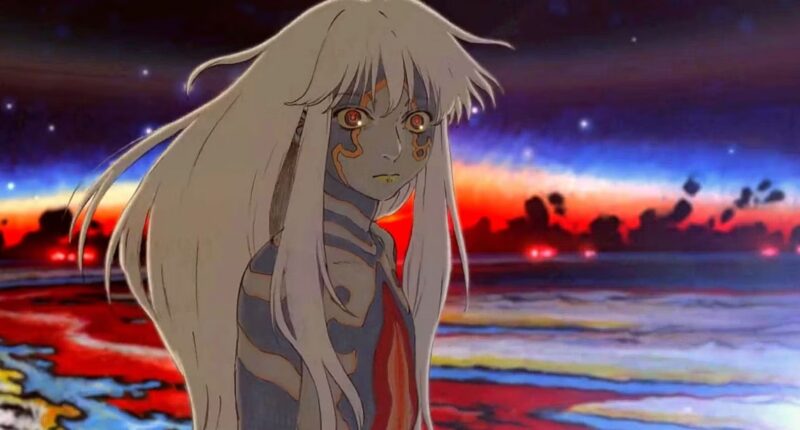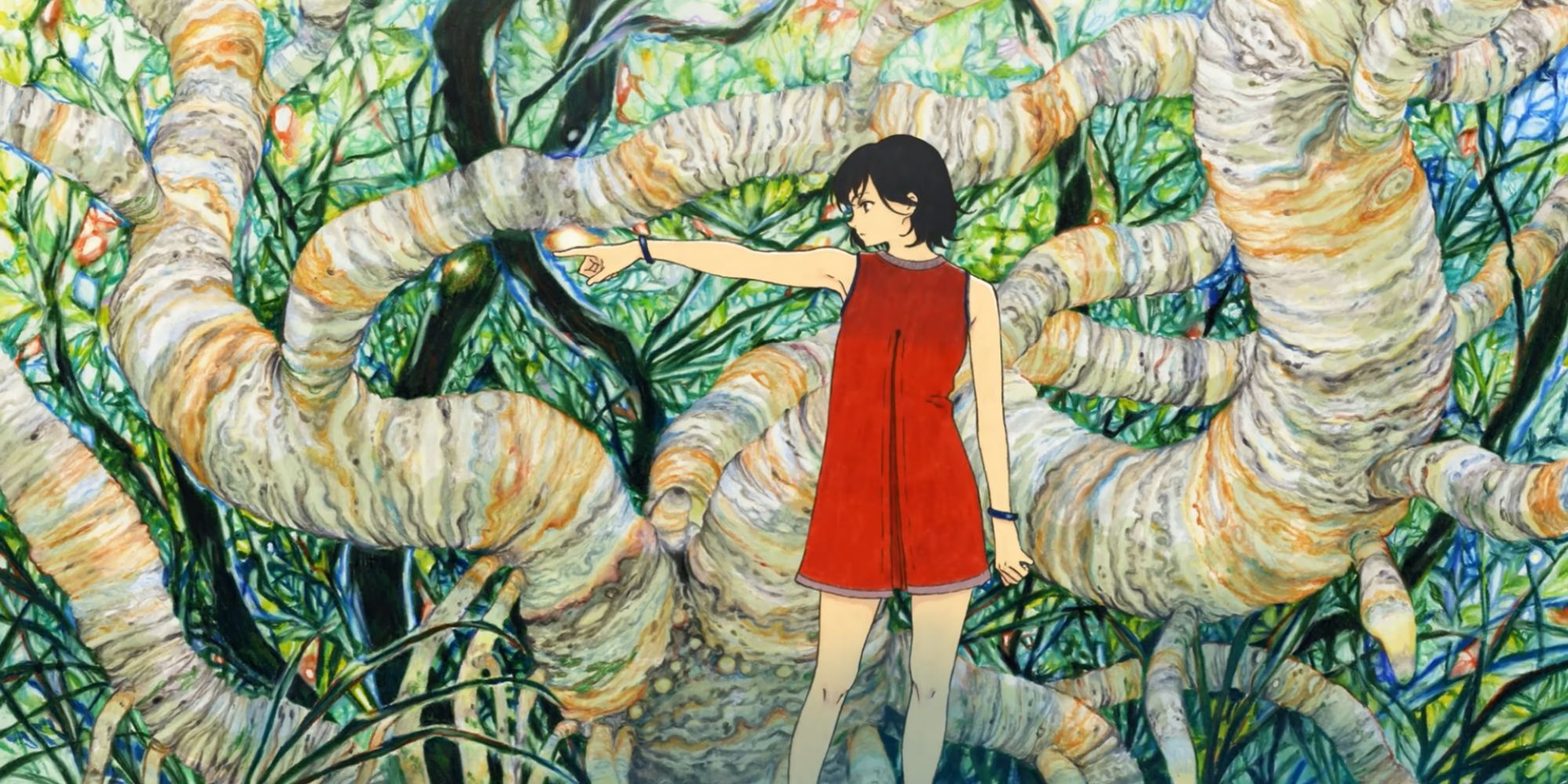The anime industry is unparalleled by any other art form in the world, but imagine an artist who rebelled from the conventional norms of Japanese animation to prove a point. Enter animator Shingo Tamagawa, whose ambitious, visually haunting, and gorgeous hand-drawn short goes beyond what modern-day big-budget anime series and sprawling franchises attempt to be. Just over three minutes long, Puparia (2020) stands as a rare kind of miracle that left an outsized impact on those who encountered it.
After losing interest in the act of drawing at the studio Sunrise, Tamagawa quit commercial animation and took a long year break to refocus, according to Cartoon Brew. Three painstaking years later, the animator created the groundbreaking indie short, Puparia. This silent, meditative, visual poem arrived on YouTube with little more than a whisper and still managed to feel like an awakening for the entire anime community.
‘Puparia’ Was Born After Animator Shingo Tamagawa Grew Disillusioned With Commercial Anime
“No matter how hard you work,” Shingo Tamagawa comments in the documentary Three Minutes, Three Years: Making Puparia, “animation is something that is consumable.” Puparia is nothing less than a labor of love that redefines what one person can achieve with pure artistic devotion. Tamagawa, who had grown disillusioned with the commercial anime industry, stepped away to pursue something personal and unfiltered, allowing his intuition to guide the work. The result is a hand-drawn, surreal dreamscape filled with drifting figures, soft pencil lines, and quiet symbolism that resists easy explanation. In an industry known for grueling production schedules and rigid committee oversight, Tamagawa broke away to create something deeply personal, uncompromising, and wholly self-driven. What makes Puparia so extraordinary isn’t just its style, though that alone is enough to pause anyone mid-scroll. It’s the story behind the film—an entirely solo effort by anartist who initially hated his drawings. However, his dedication never stopped.
The name Puparia refers to the protective casing in which a pupa waits before transforming into its adult form. That metaphor seeps into every corner of the short. The visuals unfold slowly, dreamlike and surreal, as if watching the world stir just before a great awakening or collapse. There’s no plot in the conventional sense. Instead, we move through loosely connected vignettes: a girl sitting in an abstract garden, bug-eyed figures staring at a futuristic girl, and a naked man hunted by a racing owl-like creature. These aren’t scenes meant to be interpreted linearly. They are, in theory, moods expressed through movement and texture.
Reminiscent of Studio Ghibli filmography, each frame is meticulously hand-drawn with pencil and paper, which feels like a rarity in the digital animation world. Characters are distinct yet familiar, surrounded by bizarre scenery. Backgrounds stretch like forgotten landscapes from a fading memory. The level of detail is astonishing, but what’s even more striking is how Tamagawa uses silence and space. Where so many modern animated works push toward loudness—fast cuts, dramatic scores, exaggerated emotion—Puparia invites stillness. It gives the viewer an intimate, interpretative experience.
Tamagawa Cites Influences Like Hayao Miyazaki and ‘Spider-Man: Into the Spider-Verse’ for His Art Style in ‘Puparia’
Tamagawa has said little about the exact meaning of Puparia, which is a choice feels that deliberate; this ambiguity is what allows Puparia to linger in the mind long after its brief runtime. It taps into something instinctual, something that doesn’t need to be understood, encouraging the viewer to sit with Puparia and let its imagery speak directly to the subconscious. Tamagawa’s pull away from the anime industry wasn’t a rebellion so much as a retreat—an artist pulling back from noise in order to find a clearer voice. In a time when artists are constantly asked to produce more content faster, Tamagawa chose the opposite path: to slow down and prioritize intention over profits. Puparia also serves as a powerful statement about creative autonomy—without investors or production committees to answer to, Tamagawa used his own savings from the associated work he did for Sunrise, per Three Minutes, Three Years: Making Puparia. He was inspired by artistic influences like Hayao Miyazaki and Hideaki Anno, Laika, and Spider-Man: Into the Spider-Verse for Puparia‘s art style.
1:55

Related
The 65 Most Popular Anime Series for Beginners to Watch
Just starting? These are for you!
In the years since its release, Puparia has quietly amassed millions of views, inspiring artists, animators, and filmmakers alike. More importantly, the film has reawakened conversations about the emotional possibilities of hand-drawn animation—a medium that, despite the rise of 3D and CGI tools, still has unmatched intimacy and depth. In many ways, Puparia feels like a work out of time: it doesn’t cater to trends, and it isn’t part of a franchise. But perhaps that’s precisely why it creates such an impression. In a culture overloaded with content designed to be consumed quickly and forgotten just as fast, Puparia insists on presence.
Shingo Tamagawa may not have set out to create a cultural landmark, but in choosing to follow his own internal rhythm, he did exactly that. Puparia is simply a beautiful short film that reminds the world of the boundless possibilities of animation and, more so, connection. “I make animation to create new things and generate new emotions that I haven’t felt before,” Shingo Tamagawa explains in the documentary. “I believe everybody has that joy inside of them. I think the whole industry could be happier if we could pivot in that direction, just a little more.” Puparia is an example of the strange and wonderful places the human imagination can take us when we dare to slow down and take in the moment. And sometimes, three minutes is all it takes.

Puparia
- Release Date
-
November 20, 2020
- Runtime
-
3 minutes
- Director
-
Shingo Tamagawa
- Writers
-
Shingo Tamagawa










